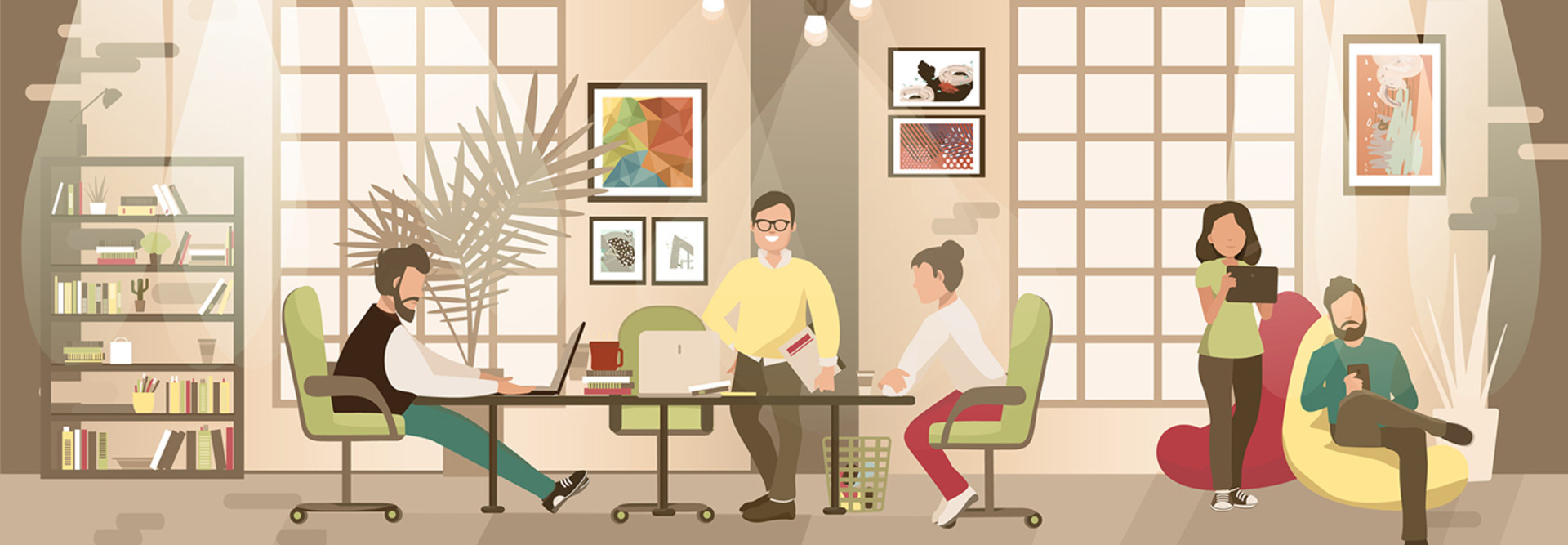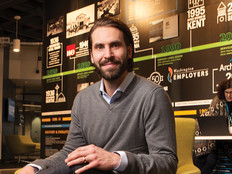Workers’ Changing Expectations Drive Transformation at the Office
Modern workers are changing, and employers must change with them by providing a streamlined, refined and consistent work experience regardless of the device they’re using, the location they’re working in or the time of day. If employers don’t take these steps, they risk losing out on top talent, becoming less productive and falling behind their rivals.
That was one of several key points that attendees took away from the CDW Enabling the Workforce SummIT from April 9-10 in Austin, Texas.
“The most important thing is that you as a business almost certainly can’t do anything alone — without working in concert with customers, with coworkers and with society,” Andrew Lippman, a senior research scientist at the Massachusetts Institute of Technology and associate director of the MIT Media Lab, told attendees during his keynote address.
Here are three key takeaways from this year’s SummIT:
SIGN UP: Get more news from the BizTech newsletter in your inbox every two weeks!
Tech Revamps the Worker Experience
Lippman suggested that trust is an essential ingredient between businesses and their employees — and argued that erosion of trust between people and traditional institutions, such as employers, is a particular challenge for businesses now.
“We’re starting to trust each other now through social networks more than we trust institutions,” he said, noting that the maturation of “decentralized systems” such as blockchain are both a product of this trend and an enabler of it.
At the same time, workers are being inundated with advances in consumer technology that are changing their expectations of the role of technology in their daily lives. IT professionals know that data security considerations — to say nothing of the budgets of most small to midsized businesses — limit their ability to make remote conferencing as simple and elegant as streaming a movie. But many rank-and-file employees don’t see it that way.
Mobile Support Is a Business Requirement
More than 60 percent of workers report working out of the office at least some of the time, said Preston Harris, a CDW mobile wireless senior field solutions architect.
“You see these mobile devices, they have as much compute as a data center, they have big screens, they’re incredibly thin. This is all a cultural change,” Harris said. “So for IT, if you’re looking to advance the agenda of your organization, to help enable the folks you serve, then the hard reality is that mobilization is needed, not wanted, in today’s world.”
Many organizations are responding by building digital workspaces — platforms that enable workers to access their workplace applications securely on any device. The idea is to provide a consistent work experience regardless of the device an employee is using.
Harris cited the American Red Cross, using VMware’s Workspace ONE, as an example. Using a single set of login credentials, authorized workers can remotely access the Red Cross’s work portal and use all of its applications. Some are running locally on a user’s device, while others are in the organization’s data center.
Work-Life Balance Replaced by Work-Life ‘Blend’
Several presenters spoke about their organizations’ efforts to support employees’ desire to switch back and forth between personal and professional responsibilities throughout the day, blending the two seamlessly rather than seeking to balance “work” and “life” in discrete buckets. For some, the idea may seem anathema: Traditionally businesses wanted their employees’ undivided attention throughout the workday, and employees protected their right to “unplug” during personal time.
But that’s changing, as the demands of people’s work and professional lives become more difficult to turn on and off at different times. More people want to be able to work after the kids have gone to bed — and to go to every dance recital. Smart employers are striving to embrace that, said Craig Richardson, a global marketing manager of mobility for Dell EMC.
Dell, for example, is trying to increase the percentage of work-from-home employees at its Austin headquarters to 50 percent. Citing internal research, Richardson said that 60 percent of employees work after hours and that two out three do at least some work from home. “We know that it’s not just the style of work that’s changing, but how it gets done is changing as well,” Richardson said.










